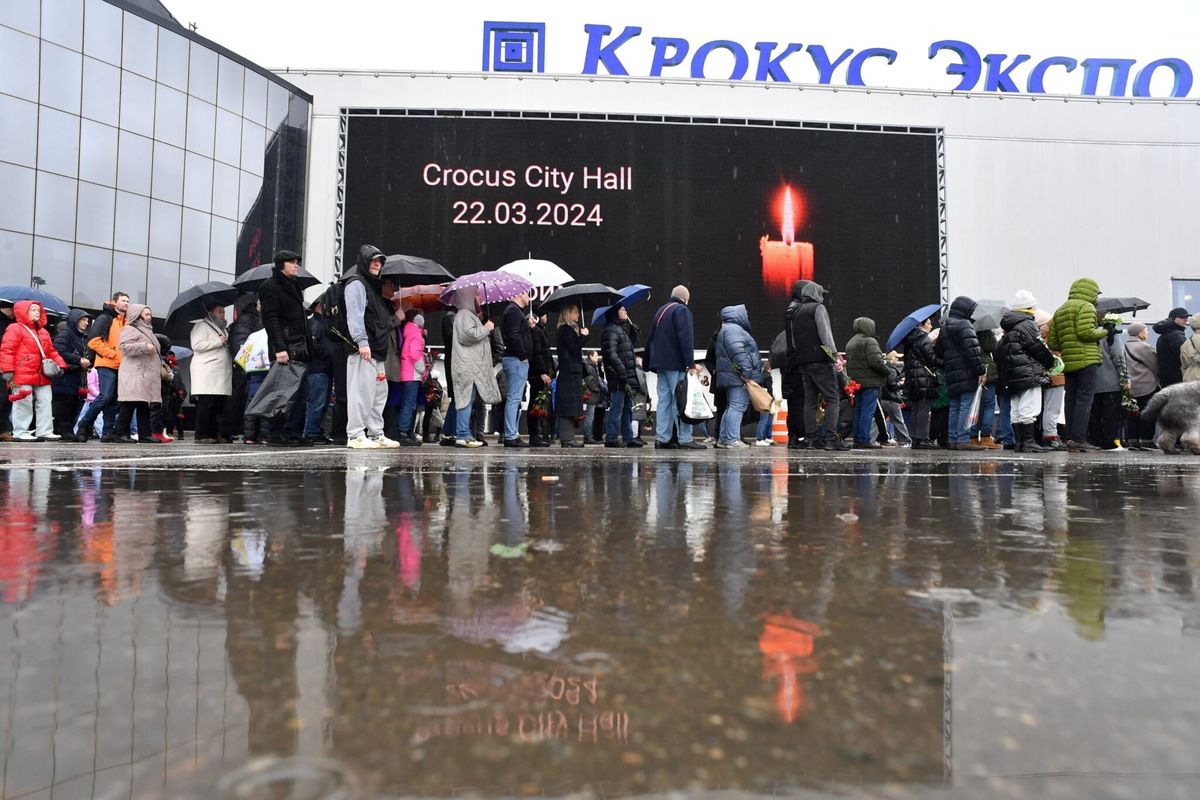Over the past two decades, jihadi groups, including al Qaeda and ISIS, have fully grasped the opportunities provided by the internet. They have developed their own media bodies to promote their work, first via password-protected jihadi websites, forums, and discussion groups, and today via social media platforms open to all.
The use of social media with ISIS' emergence highlights the global jihad movement's absolute dependence on the internet and on these platforms, and is the template for the future of jihad. While the main jihadi media groups have lost much of the control over their public relations efforts because of social media—with jihadists anywhere now able to post whatever they want—they are reaching a much larger, and constantly growing, pool of potential recruits.
Jihadi media groups are creating increasingly professional video productions and online magazines, not only in Arabic and other local languages, but also in English and European languages. Every major jihadi organization has media groups – some professional, others less so – that release videos, bulletins, weekly newspapers, and magazines, and maintain a social media presence, where they disseminate their content. They also experiment with new technologies as they emerge, and as their readers migrate to them.
The model for all jihadi media groups is Al Qaeda Central's (AQC) Al-Sahab media organization. It was officially established in 2001 under Ayman Al-Zawahiri's son-in-law, Abdul Rahman Al-Maghrebi, with the help of onetime al Qaeda leader Attiyah Allah Al-Libi; they were later joined by California-born Adam Gadahn. Al-Sahab's mission was to disseminate the organization's views and policies, promote global jihad, and inspire homegrown terrorism. Today, it has a presence on Telegram and was on Twitter until December 2016, when its account was suspended.
The main branches of AQC – which itself puts out a bulletin via its Al-Nafir media – all maintain active media groups. Al Qaeda in the Indian Subcontinent (AQIS) releases content in Urdu, Arabic, and English; its signature publication is the English-language online magazine Resurgence. Al Qaeda in the Arabian Peninsula (AQAP) maintains al Qaeda's most sophisticated media groups; its flagship media company, Al-Malahim, publishes the well-known Inspire magazine, which set the standard for other English- and Western-language jihadi publications that have been extremely successful in radicalizing lone wolf types. AQAP's audio production company is Al-Basha'ir; Al-Qaeda in the Islamic Maghreb (AQIM) has the Al-Andalus media group; the Al-Qaeda-affiliated Group for Supporting Islam and Muslim (GSIM) has the Al-Zallaga media group. Also, al Qaeda's Africa branch, Al-Shabab Al-Mujahideen (HSM), has the Al-Kataib media group, which publishes the mostly Swahili-language Gaidi Mtaani.
Once the Islamic State was declared in late June 2014, ISIS' media production quickly surpassed al Qaeda's. According to a February 9, 2017 Al-Arabiya TV report, "when you step into the ISIS media office, you feel as if you have entered a huge international production company," and the expenses of ISIS' Raqqa, Syria media office alone were estimated at $2 -2.5 million.
ISIS' flagship media company Al-Furqan is named after Emir Abu Muhammad Al-Furqan, who was killed this year in a U.S. airstrike in Syria. It publishes a weekly in Arabic, Al-Naba', and has an official news agency, A'maq; its own radio streaming service, Al-Bayan, which broadcasts on the California-based Internet Archive; its own publication house, Al-Himma; an audio production house, Ajnad; a media company focusing on non-Arabic languages, Al-Hayat; monthly magazines, including the now-defunct Dabiq, and Rumiyah, issued in multiple languages; and a media company, Al-Furat, which typically releases content in Russian.
All these jihadi media groups need platforms that will enable them to reliably recruit, disseminate content, fundraise, plan attacks, and much more. Currently, jihadists' preferred platform is the Germany-based encrypted messaging app Telegram. Its use has complicated efforts by the FBI, European security, and other agencies to monitor jihadi content online, and it is an alternative to Twitter, Facebook, and others that are more aggressive in removing such content.
Additionally, in response to removal of their content and suspension of their accounts on social media, many jihadi media companies are developing their own technology and platforms, and are using other encrypted platforms – most recently WhatsApp and the Switzerland based ProtonMail, and others. For example, on September 25, the ISIS-affiliated Nasher News Telegram channel informed readers of a new A'maq news agency account on Riot.im – a service that, according to its website, offers "decentralized, encrypted chat and collaboration." Earlier, on August 15, A'maq launched a new subscription-based email notification service, so that users no longer need to look for A'maq websites, which are frequently removed.
Jihad media groups also increasingly strategize about remaining on and returning to platforms that oust them. For example, on September 14, the pro-al Qaeda Al-Hijrah Media group explained to readers that Facebook, Twitter, WordPress, and Telegram had recently suspended its pages and channels, and shared tactics for remaining longer on these platforms. Similarly, the Telegram account of the pro-ISIS Hqibat Al-Munasir group advised ISIS supporters on Facebook and Twitter on how to keep their accounts online despite "apostate spies" who constantly monitor and flag them.
On any given day, the main jihadi media groups are producing dozens of unique reports, videos, and other content. ISIS has raised the bar for terrorists creating and developing successful media groups, and this generation of jihadis—and the next—will be even more media savvy in both production and distribution. In addition to waging jihad on the ground, they will be continuing to fight to get their content to consumers and read by consumers – like all media outlets in today's content-saturated environment.












